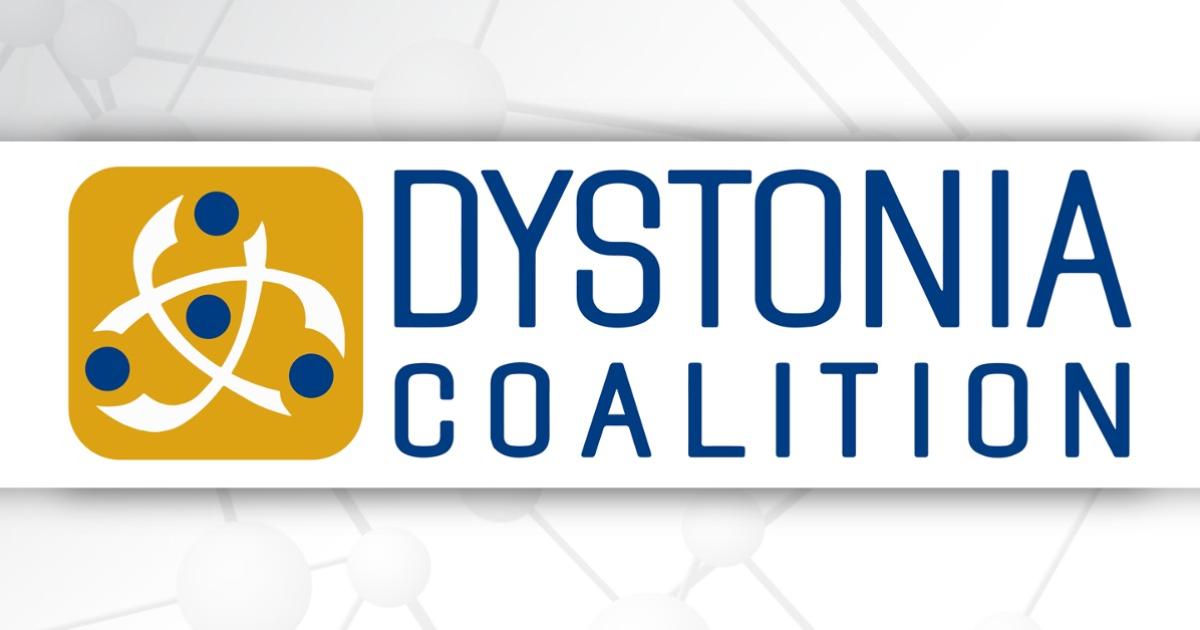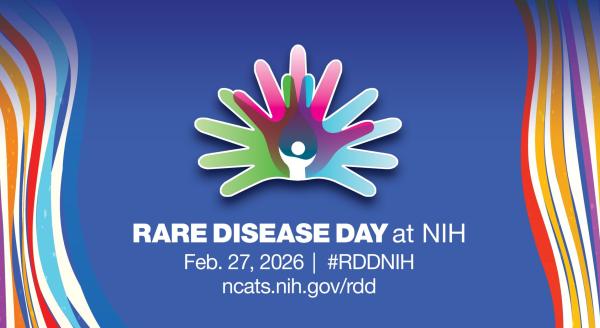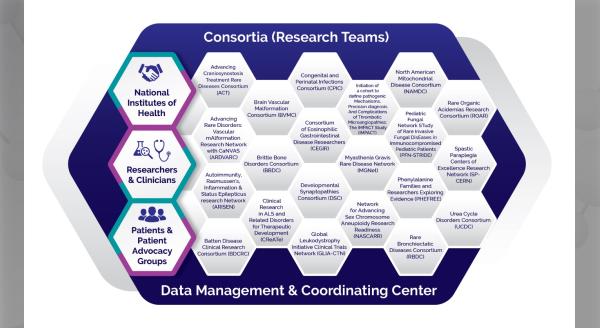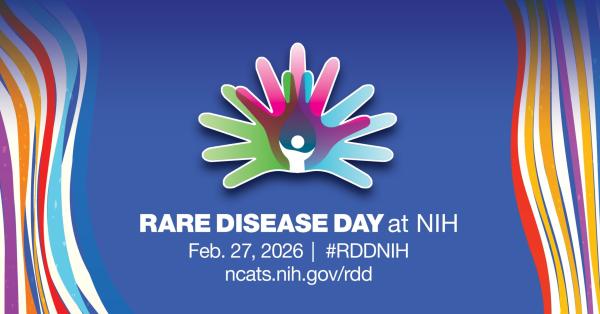The Dystonia Coalition is an international network of researchers and patient advocacy groups working to advance the pace of research in the dystonias, find better treatments, and ultimately a cure. Here, program manager Gamze Kilic Berkmen, PhD, and principal investigator Hyder Jinnah, MD, PhD, share the history of the consortium, current research, and future plans.
What are the overall goals of the DC?
The dystonias are a group of disorders characterized by excessive muscle contractions that lead to involuntary movements, postures, and pain. The overall goal is to develop a better understanding of these disorders so that we may improve treatment. Our studies aim to delineate the many clinical features of dystonia and how they evolve over time, learn what causes dystonia, develop tools to measure the severity of various types of dystonia, and create a biobank for genetic and biomarker studies.
How did the DC team come together, and how did you become a part of the RDCRN?
The DC got started because of the interests of its patient advocacy groups, particularly the Dystonia Medical Research Foundation. They held an open meeting for dystonia researchers and summarized the need for a collaborative and inclusive research network. Rather than establishing a network of a few fixed centers, they proposed a more inclusive model in which different centers could join at any time, according to their interests and capabilities.
Following this meeting, several investigators and patient advocacy groups began to develop projects surrounding the most common research interests and needs, creating an open-door model for other centers to join in. In the first funding cycle, DC started with 8 centers. Now, we have engaged 42 centers across the USA, Australia, Canada, Europe, and Asia.
Can you tell us more about the rare diseases you study?
The subtypes of dystonia can involve any region of the body. The most common regions include the neck (cervical dystonia, also known as torticollis); the face (blepharospasm and related craniofacial dystonias, sometimes called Meige syndrome); the larynx (laryngeal dystonia, also known as spasmodic dysphonia); or a limb (e.g., writer’s cramp or musician’s dystonia).
These body regions may be affected in isolation or in various combinations. Children are less commonly affected than adults, although they are often more severely affected. Dystonias may cause substantial disability, pain, and may significantly affect quality of life.
What are your current research projects?
Since many patients participate in more than one, DC projects are all connected and folded into a single large protocol. In previous funding cycles, DC completed the Clinical Rating Tools for Cervical Dystonia Project, Diagnostic Tools for Laryngeal Dystonia Project, and Diagnostic and Rating Tools for Blepharospasm Project, all of which developed and tested better evaluation tools for the most common subtypes of dystonia.
The current funding cycle has four overlapping projects:
Natural History of Isolated Dystonias
This observational project aims to better characterize the various clinical presentations of dystonia, how these presentations evolve, and how they relate to potentially affected family members. More than 3400 cases have been recruited since 2009, many of whom continue to be followed. Testing any disease-modifying therapies that could stop or slow progression requires a better understanding of clinical features and evolution.
Patient-Centered Outcome Measures
This project aims to develop a patient-reported outcome measure for the most common dystonia subtypes and describe both between-subject and within-subject variations over time in response to the standard of care treatment with Botulinum toxin. Typically, Botulinum toxin is injected every 3 months. Therapeutic benefits become evident within the first week and the benefit wears off after 8-16 weeks. This creates a cyclical response known as the “yo-yo” effect.
It is essential that temporal variability is well characterized for the development of any novel “add-on” therapies or replacement therapeutics. Current measurement tools rely on clinical rating scales which are subjective, not appropriate for frequent repeated use, and require extensive expertise to apply. This project will develop a patient-reported outcome measure tool on a hand-held electronic device, such as a smartphone.
Objective Measures
This project aims to develop objective tools to measure the severity of dystonia. Current diagnostic and severity measures depend almost entirely on subjective clinician-rated or patient-rated scales. A digital video software will be used to analyze common abnormalities seen in blepharospasm, cervical dystonia, and laryngeal dystonia, which could ultimately replace subjective clinical rating scales as outcome measures. Such tools could also be used for telemedicine.
Biobank
This project aims to develop a resource that expands the existing DNA biorepository to include other biomaterials. To date, no large multicenter open-access biorepository exists for any type of dystonia. Such a biobank is essential for improving our understanding of the pathogenesis of the dystonias so that rational therapies can be planned. It also is essential for the exploration of biomarkers of disease activity that may provide useful outcome measures in clinical trials or insights into pathogenesis.
How has your research impacted patients?
Dystonias are rare and heterogeneous disorders, where the diagnosis is often delayed for years. By better characterizing the clinical features and evolution, the DC promotes education and awareness of this group of disorders. Our centers are active in promoting awareness among colleagues, other medical providers, and in the community.
In addition to the problem of delayed diagnosis, existing treatments have significant limitations. Any novel approach to developing new and better therapies requires rigorous clinical trials. DC studies have focused on calling attention to the limitations of current treatments and advancing clinical trial readiness. DC investigators have participated in clinical trials of novel treatments, some of which are ongoing.
Although our primary mission is research, we also want to assist patients and their families in connecting with the best medical providers. The academic centers in the DC all have a special interest in dystonia research, as well as expertise in the diagnosis and treatment of all forms of dystonia. We, therefore, expect many patients to come to these centers for both research opportunities and expert clinical care. The DC welcomes patients to come for either or both, and we regularly help to organize and participate in regional and international meetings that include patients.
What new research directions or goals are you pursuing?
Broad collaborations of the DC have contributed to the understanding of the clinical features of dystonias and their progression; the development of better diagnostic guidelines and evaluation tools for most common types of dystonias, promising a rapid and expert diagnosis for patients; and effective treatments that control the debilitating effects of the disorder. The DC’s future direction is a better understanding of the etiology and pathogenesis of dystonias, so therapies can be developed to prevent disease progression and even cure dystonias.
How has being part of the RDCRN impacted the DC’s work?
The funding provided by the RDCRN enabled the DC to bring many investigators across the world together in a more cooperative effort. Collaboration is more effective than isolated and independent—or even competitive—efforts for bringing change to the dystonia community. The DC network has also benefited from being part of the larger RDCRN because investigators and patient advocacy groups share ideas and best practices.
How do you envision that the diseases you study can ultimately be cured?
The main steps toward finding better therapies and a cure include understanding the many clinical characteristics, how they evolve over the years, and what causes them. We also need better evaluation tools so that we can ultimately test possible disease-modifying therapies and a cure. The DC projects cover all these needs.
The Dystonia Coalition (DC) is part of the Rare Diseases Clinical Research Network (RDCRN), which is funded by the National Institutes of Health (NIH) and led by the National Center for Advancing Translational Sciences (NCATS) through its Division of Rare Diseases Research Innovation (DRDRI). DC is funded under grant number U54NS116025 as a collaboration between NCATS and the National Institute of Neurological Disorders and Stroke (NINDS).






